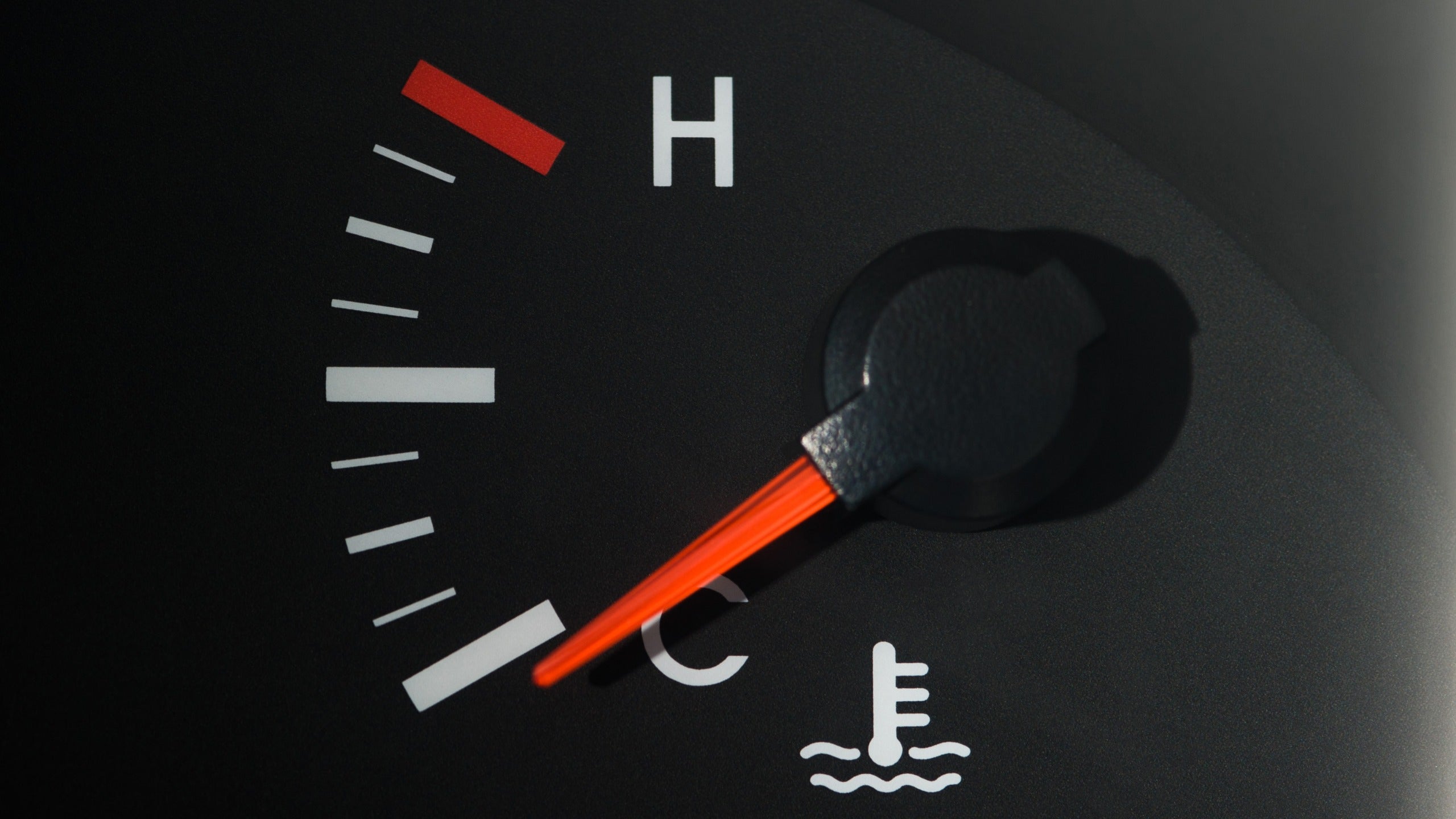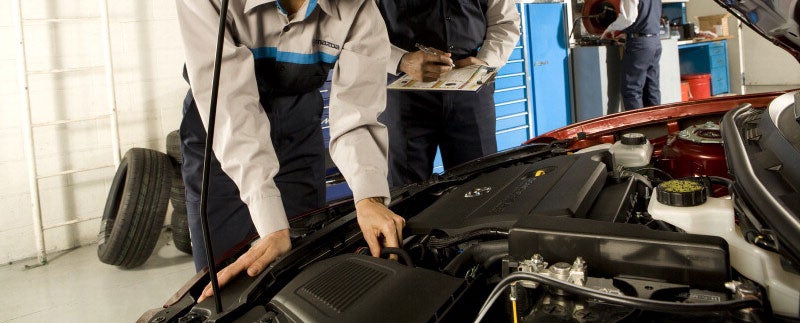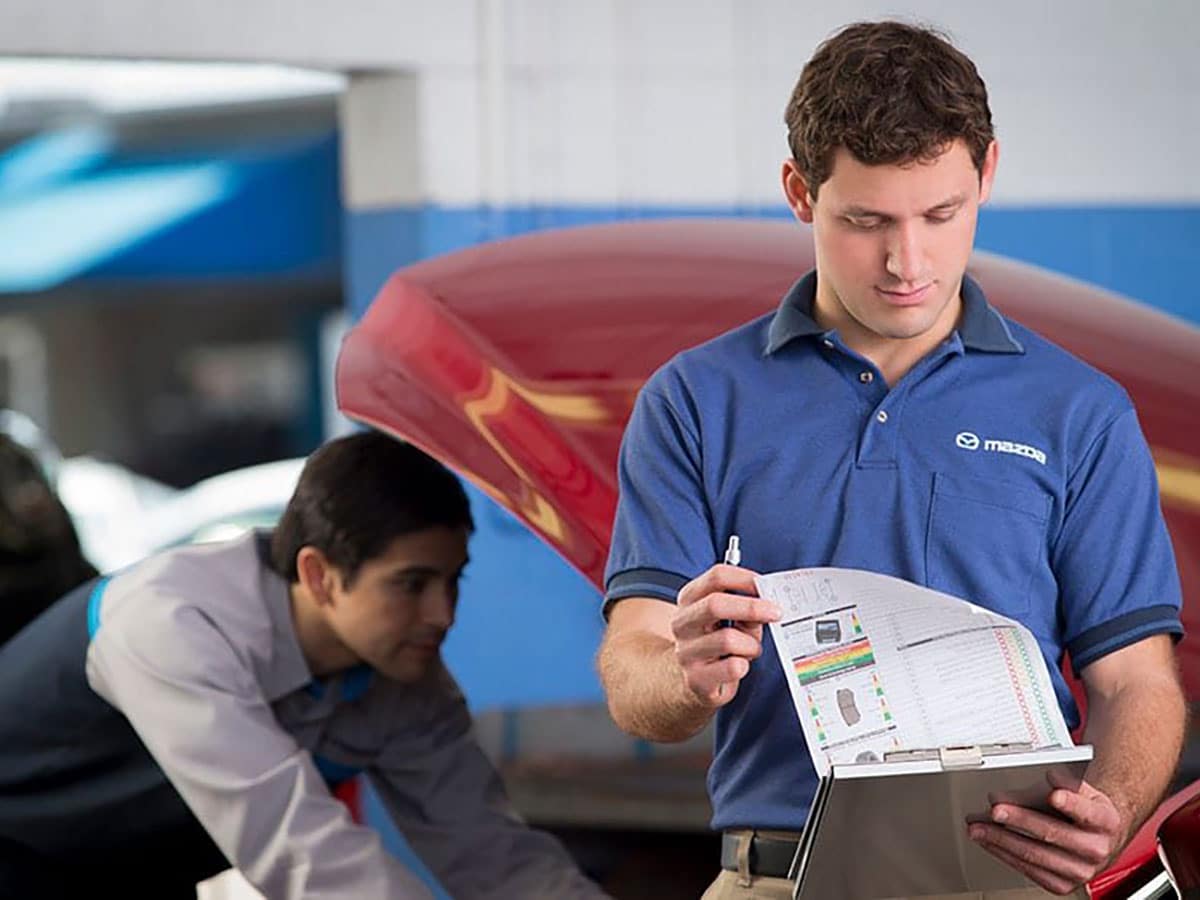Troubleshooting Guide: 4 Reasons Why Your Engine Temperature Light May Be On

Your vehicle's engine temperature light is a critical indicator of its health and performance. When this light illuminates on your dashboard, it's essential to address the issue promptly to prevent potential damage to your engine. Several factors can trigger the engine temperature light to come on, indicating an underlying problem that requires attention. In this comprehensive guide, we'll explore four common reasons why your engine temperature light may be on and what steps you can take to resolve the issue.
Low Coolant Level
One of the most common reasons for the engine temperature light to illuminate is a low coolant level. Coolant, also known as antifreeze, plays a crucial role in regulating the temperature of your engine by absorbing and dissipating heat. When the coolant level is low, the engine may overheat, triggering the temperature light.
To address this issue, check the coolant reservoir and radiator for signs of low coolant levels. If necessary, top off the coolant reservoir with the appropriate type of coolant recommended by your vehicle's manufacturer. However, if you notice repeated coolant loss, it could indicate a leak in the cooling system that requires professional attention.
Faulty Thermostat
Another common culprit behind an illuminated engine temperature light is a faulty thermostat. The thermostat regulates the flow of coolant through the engine by opening and closing as needed to maintain the optimal operating temperature. If the thermostat fails to open properly, it can restrict the flow of coolant, leading to engine overheating.
If you suspect a faulty thermostat, have it inspected and replaced by a qualified mechanic. A malfunctioning thermostat can cause erratic engine temperature fluctuations and potentially lead to more severe engine damage if left unaddressed.
Cooling System Malfunction
A malfunction in the cooling system, such as a failing water pump or clogged radiator, can also trigger the engine temperature light. The water pump circulates coolant throughout the engine, while the radiator dissipates heat from the coolant to prevent overheating. If either of these components fails or becomes obstructed, it can disrupt the cooling process and lead to engine overheating.
Have your cooling system inspected by a professional mechanic to identify any issues and perform necessary repairs or replacements. Regular maintenance, such as flushing the cooling system and replacing coolant as recommended by your vehicle's manufacturer, can help prevent cooling system malfunctions.
Faulty Temperature Sensor
In some cases, the engine temperature light may illuminate due to a faulty temperature sensor. The temperature sensor monitors the engine's temperature and sends signals to the vehicle's onboard computer to trigger the warning light if the temperature exceeds safe limits. If the sensor malfunctions or becomes inaccurate, it may incorrectly signal an overheating condition, causing the temperature light to come on.
Diagnosing a faulty temperature sensor requires specialized diagnostic equipment and expertise. A qualified mechanic can perform diagnostic tests to determine if the sensor is functioning correctly and replace it if necessary.
An illuminated engine temperature light is not a warning to be taken lightly. Ignoring this warning sign can result in severe engine damage and costly repairs. If your engine temperature light is on, it's essential to address the issue promptly to avoid further complications. Whether it's a low coolant level, faulty thermostat, cooling system malfunction, or faulty temperature sensor, seeking professional assistance is crucial to diagnose and resolve the problem effectively.
Why You Shouldn’t Work on Your Own Mazda if You Don’t Know What You’re Doing
While the DIY spirit is admirable, working on your own Mazda without proper knowledge and experience can lead to a host of problems and safety risks. Here are a few compelling reasons why you shouldn't attempt to work on your Mazda if you're not familiar with automotive repair:
Safety Concerns
Modern vehicles, including Mazdas, are equipped with complex systems and components that require specialized tools and expertise to repair properly. Attempting to perform repairs without the necessary knowledge and equipment can pose significant safety risks to both yourself and others on the road. From electrical systems to airbag components, mishandling critical components can lead to accidents, injuries, or even fatalities.
Risk of Further Damage
Working on your Mazda without proper training and experience increases the likelihood of causing further damage to your vehicle. Incorrectly diagnosing issues, using incorrect tools, or performing repairs improperly can exacerbate existing problems and lead to costly repairs down the line. In some cases, DIY attempts may void your vehicle's warranty or insurance coverage, leaving you responsible for all repair costs.
Complexity of Modern Vehicles
Today's Mazdas are equipped with advanced technology and sophisticated systems that require specialized knowledge to diagnose and repair effectively. From engine management systems to advanced safety features, understanding the intricacies of modern vehicle systems takes years of training and experience. Without this expertise, DIY attempts may result in incomplete repairs or temporary fixes that fail to address underlying issues.
Professional Expertise Matters
Certified technicians at authorized Mazda service centers undergo rigorous training and certification to ensure they have the knowledge and skills necessary to work on your vehicle safely and effectively. By entrusting your Mazda to trained professionals, you can have peace of mind knowing that your vehicle is in capable hands. Professional technicians have access to the latest diagnostic equipment, repair procedures, and genuine Mazda parts, ensuring that your vehicle receives the highest level of care and attention.
While it may be tempting to work on your Mazda yourself to save money or fulfill a sense of accomplishment, the risks far outweigh the potential rewards. For your safety, the integrity of your vehicle, and the longevity of your investment, it's best to leave automotive repairs and maintenance to qualified professionals.
If you're experiencing issues with your Mazda, including an illuminated engine temperature light, don't hesitate to visit Seacoast Mazda. Our team of certified technicians has the expertise and experience to diagnose and repair any issues with your vehicle promptly. Schedule a service appointment today and ensure your Mazda is operating at its best. Your safety and satisfaction are our top priorities.
Schedule Service
